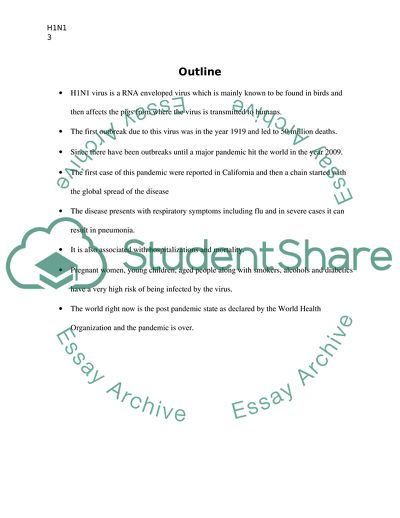Cite this document
(H1N1 Virus Description Research Paper Example | Topics and Well Written Essays - 1250 words, n.d.)
H1N1 Virus Description Research Paper Example | Topics and Well Written Essays - 1250 words. https://studentshare.org/medical-science/1745423-h1n1
H1N1 Virus Description Research Paper Example | Topics and Well Written Essays - 1250 words. https://studentshare.org/medical-science/1745423-h1n1
(H1N1 Virus Description Research Paper Example | Topics and Well Written Essays - 1250 Words)
H1N1 Virus Description Research Paper Example | Topics and Well Written Essays - 1250 Words. https://studentshare.org/medical-science/1745423-h1n1.
H1N1 Virus Description Research Paper Example | Topics and Well Written Essays - 1250 Words. https://studentshare.org/medical-science/1745423-h1n1.
“H1N1 Virus Description Research Paper Example | Topics and Well Written Essays - 1250 Words”. https://studentshare.org/medical-science/1745423-h1n1.


